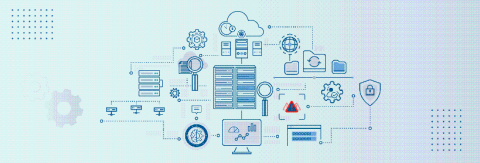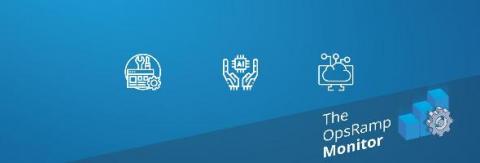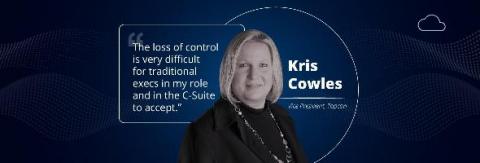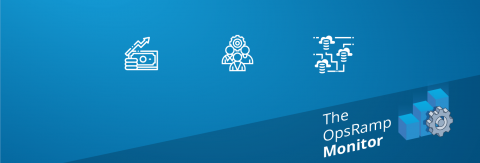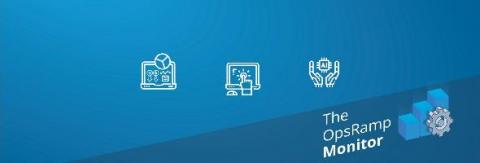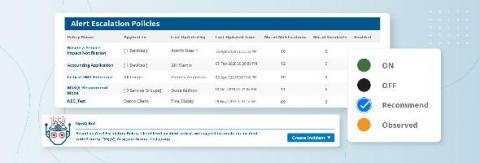Closer Look: Intelligent Infrastructure Monitoring
In this article: Infrastructure monitoring systems have been undergoing massive change in the past few years. Before the proliferation of cloud computing, IoT and edge computing, mobile apps and SaaS apps, the practice was fairly static, albeit traditionally quite siloed. IT managers needed to get data on a set of standard metrics, from a handful of tools.


